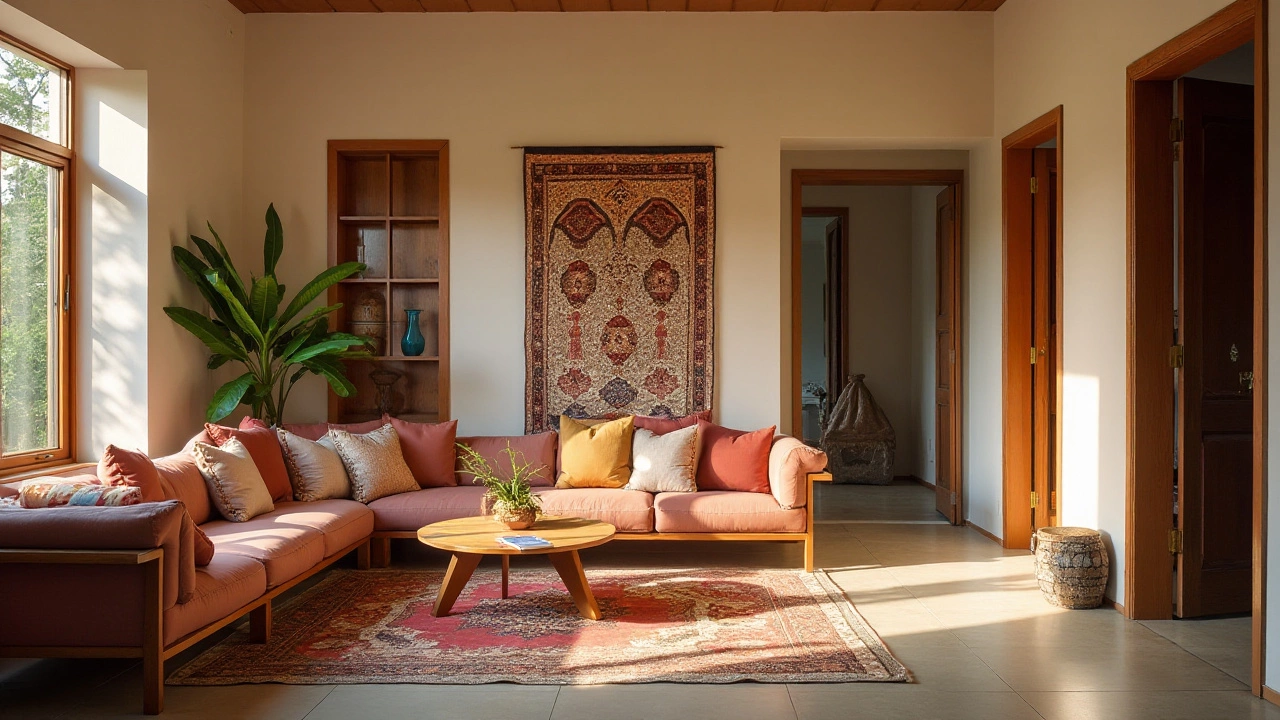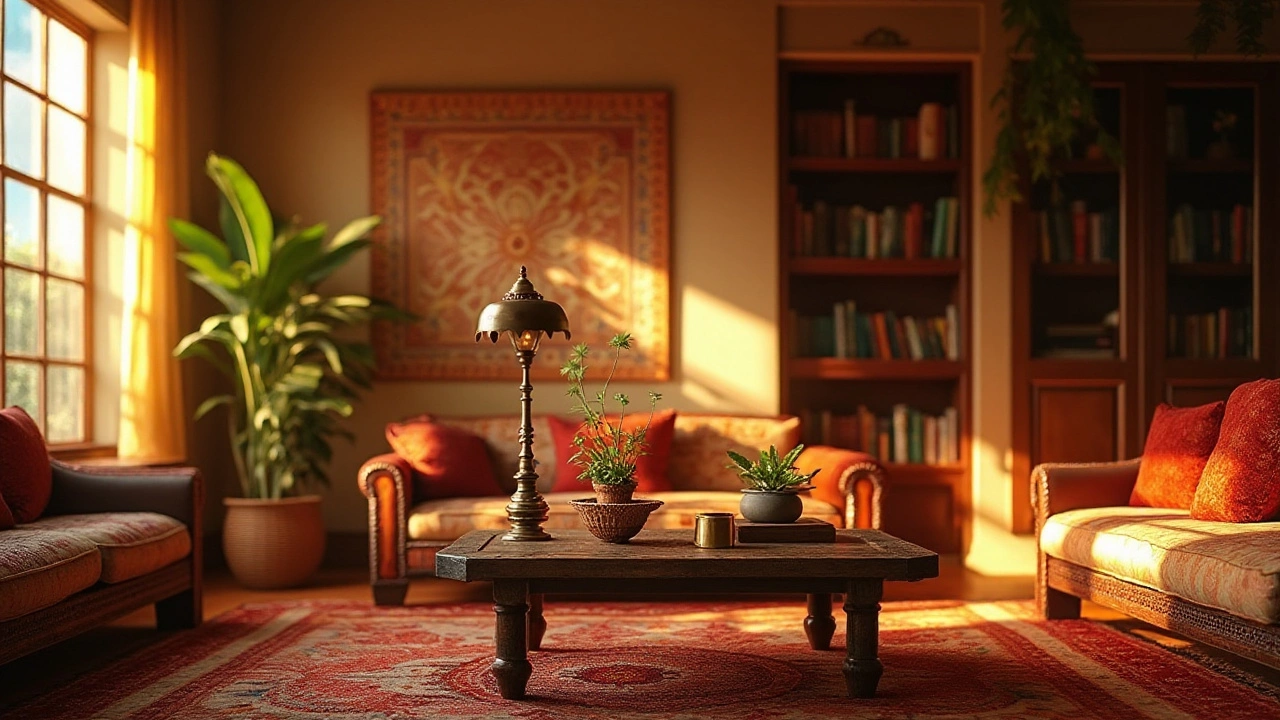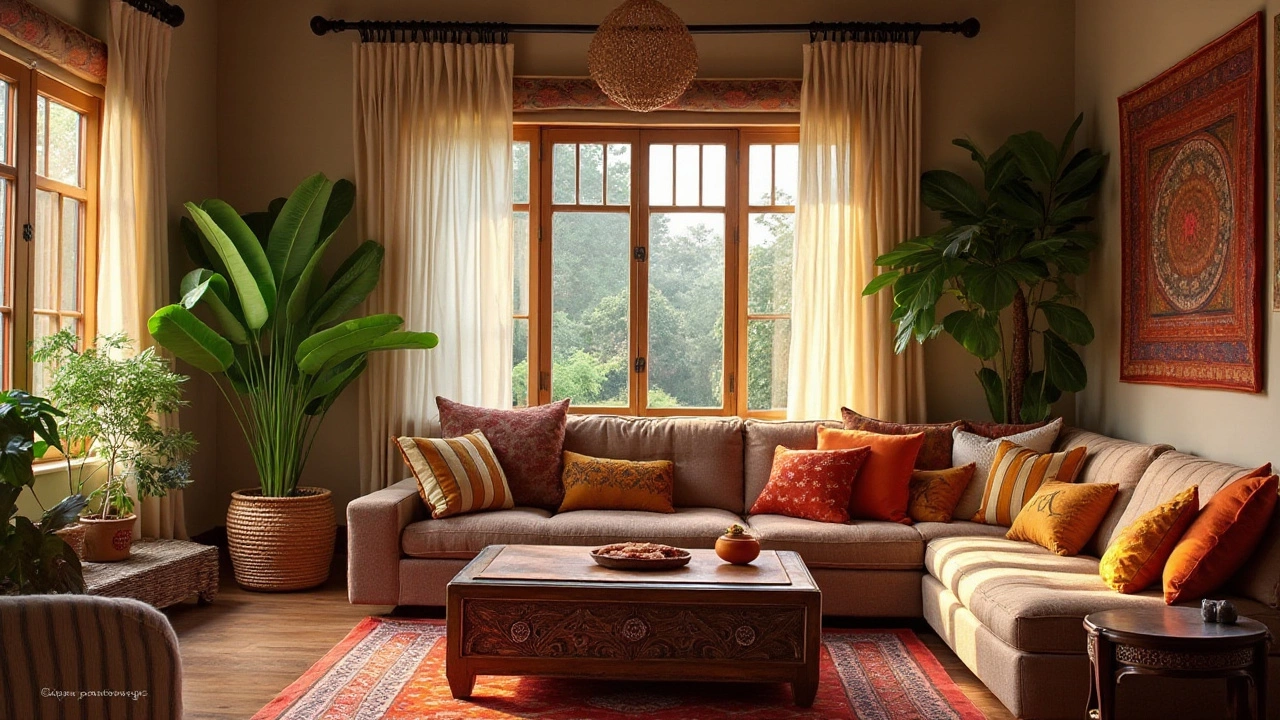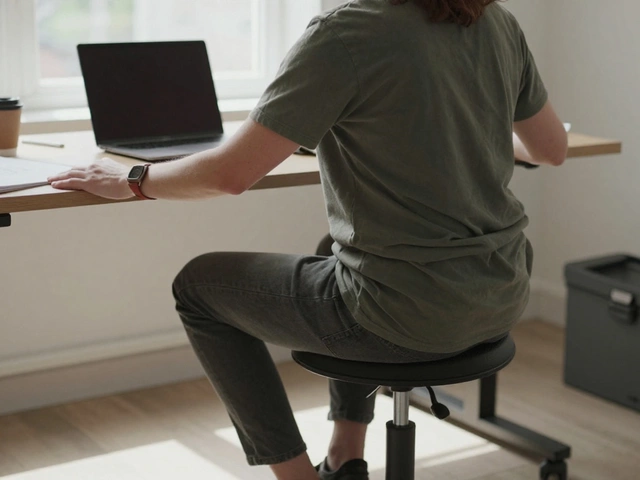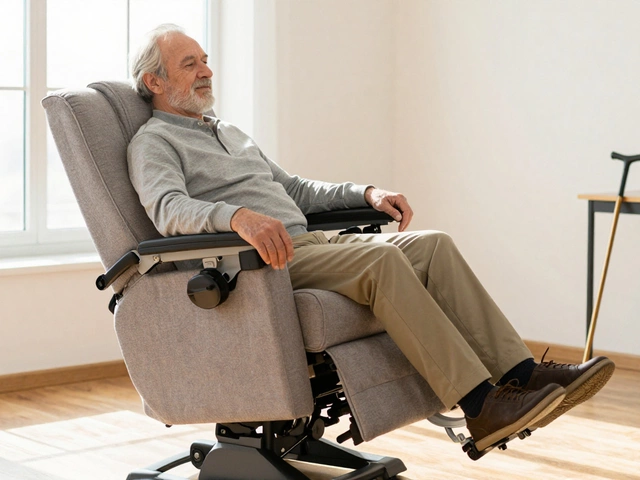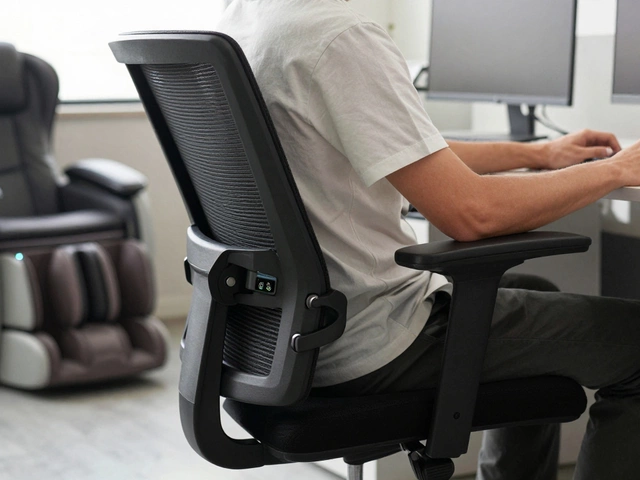Interior Design Tips & Trends for Every Home
Looking to refresh a room without a full remodel? You don’t need a designer’s degree to create a space that feels right. Below are practical ideas you can try right now—whether you’re moving a couch, picking a paint shade, or adding a new coffee table.
Start with the Room’s Flow
The first thing to check is how traffic moves through the room. Stand where you usually enter and see if you can walk straight to the main seating area without bumping into anything. If the path feels cramped, try shifting a side table or a lamp to open up the corridor. A clear path makes a room feel larger and more welcoming.
When it comes to sofas, the classic rule is to place them opposite a focal point—often a TV, fireplace, or a big window. But don’t forget the door. Facing the front door isn’t a hard rule, yet many people feel more comfortable when the couch isn’t directly in line with it. Slightly angling the sofa can create a cozy conversation zone while still keeping the entry visible.
Choose Colors That Work for You
Beige is back, and it’s not just a bland neutral. Millennials love it because it pairs well with both bold accents and soft textures. Try a warm beige on the walls and add splashes of navy, teal, or rust through cushions and artwork. The color creates a calm base while letting you play with accessories.
If you’re feeling adventurous, test a single accent wall. Pick a hue that reflects the mood you want—muted green for a relaxing vibe or a deep mustard for energy. Paint a small section, step back, and see if it feels right before committing to the whole room.
Don’t overlook the power of contrast. A dark coffee table against a light rug instantly draws the eye and defines the seating area. Balance is key: too much contrast can feel chaotic, while too little makes the space blend together.
Furniture Placement Made Simple
Spacing between a couch and a coffee table matters more than you think. Aim for about 12‑18 inches—close enough for a drink, far enough to walk around comfortably. If your room is small, pull the table a little closer; in a larger space, give it more room to breathe.
Backwards books on a bookshelf might look odd, but designers use it to create visual rhythm. If you want to try, place a few books spine‑out and the rest spine‑in. The mix adds depth without overwhelming the shelf.
Finally, don’t forget lighting. Combine ambient ceiling lights with task lamps and a few accent lights like LED strips behind a TV. Layered lighting lets you set the mood for movie night, reading, or a lively gathering.
With these straightforward steps—clear traffic flow, smart color choices, balanced furniture spacing, and layered lighting—you can transform any room into a space that feels both functional and stylish. No need for a full makeover; small tweaks add up to big results.
Golden Rule of Interior Design: The Key to a Perfect Home Layout Explained
Ever heard of the golden rule in interior design? Get the inside scoop on how this secret shapes your home's vibe. Find actionable, practical tips for your own space.
Why Are Millennials Obsessed with Beige? Interior Trends Explained
Uncover why millennials are drawn to beige. We dig into its appeal, psychology, and practical tips for using beige in modern home decor—plus real data and cultural insights.
Why Designers Put Books in Bookcases Backwards: Secrets Behind the Trend
Why would anyone put books backwards in a bookcase? This article dives deep into the peculiar trend adopted by designers, revealing the motives, aesthetic benefits, and even the backlash from readers and authors. You'll learn practical tips if you want to achieve this look, plus the psychological and visual hacks behind this controversial design choice.
Optimal Placement for Your Couch: Facing the Front Door and More
Deciding whether your couch should face the front door is a common design dilemma. This article explores various aspects of couch placement, particularly for corner sofas, in relation to the entryway. It provides insights into room flow, visual balance, and practical considerations. By considering these elements, you can create an inviting and functional living space.
Perfectly Positioning Your Coffee Table: Expert Tips
Finding the ideal spot for your coffee table involves balancing aesthetics and functionality. This article explores key factors in determining coffee table placement, including room size, seating arrangement, and design style. With practical tips and insights, transform your living space into a harmonious oasis where your coffee table serves as both a central piece and a convenient companion. Understanding proportions and personal style will ensure your coffee table enhances your home's ambiance. Let’s look into strategies to ensure your coffee table is perfectly positioned for any room.
Perfect Couch and Coffee Table Spacing: A Comprehensive Guide
Finding the optimal distance between a couch and a coffee table can transform your living space into a more functional and aesthetically pleasing area. This article explores expert advice on creating the perfect balance in your living room. You'll discover recommended spacing practices, tips on adapting layouts for different room sizes, and how to choose the right furniture proportions. With these insights, your living space will become more inviting and practical.



